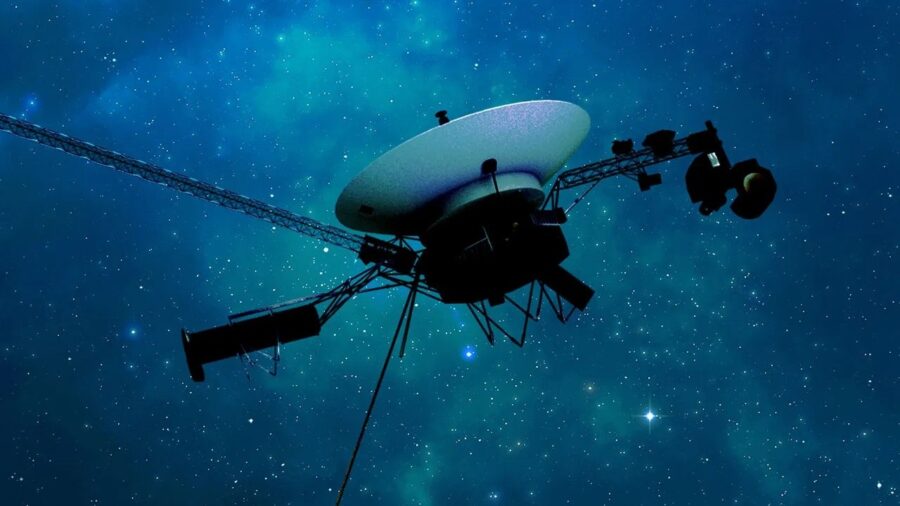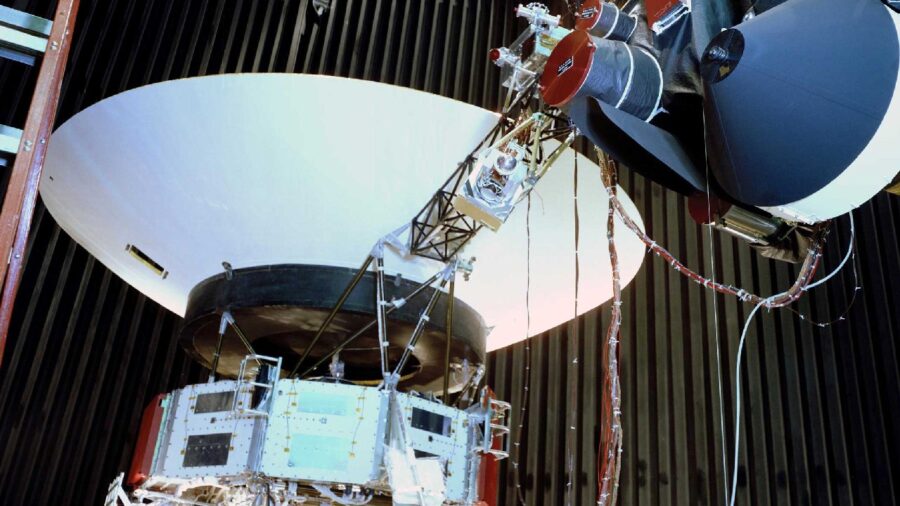NASA Lost Contact With Voyager-1

NASA briefly lost contact with Voyager-1 earlier this month, with communications being restored a few days later. The aging space shuttle has had numerous problems in recent years as it has gotten further from Earth, with the communication error being the latest in a series of problems the team has had to solve to keep the mission going. The exact cause of the problem remains a mystery and raises concerns that the vessel may only remain functional for a little while longer.
What Went Wrong
On October 18 Voyager-1’s signal was lost after a command to turn one of the heaters was sent two days earlier. The command triggered the vessel’s fault protection system, a built-in failsafe that can turn devices on and off to keep the ship functional. The fault protection system disabled the ship’s primary radio, causing the signal to be lost.
It’s unknown why turning the heater on caused Voyager-1’s fault protection system to activate. Power shortages are usually to blame for the system activating, but the ship should have had more than enough energy to run the heaters. The fact that the system was initiated means there’s likely an unknown issue with the unmanned vessel.
Communication Restored

Communication was restored with Voyager-1 on October 24, thanks to the ship’s secondary radio system. Realizing that the main X-band radio may have been deactivated, the flight team began searching for fainter transmissions from its secondary S-band radio. It was uncertain if that weaker radio would function so far from Earth, but the team was able to find the frequency and re-establish communications.
While the Voyager-1’s S-band radio wasn’t designed to function so far from Earth, NASA has opted to keep using it to communicate with the ship for the time being. The flight team is working to figure out what caused the fault protection system to activate before attempting to reactivate the X-band radio to avoid another failure. This marks the first time since 1981 that the ship’s S-band radio has been utilized.
47 Years Of Voyager
Voyager-1 and its sister ship Voyager-2 were launched 47 years ago and both ships have become increasingly difficult to maintain in recent years. Earlier this year the team had to resolve an issue with clogged thrusters from decades of constant use. Scientific devices were also disabled earlier this year in an attempt to conserve energy.
The unmanned vessels are the only human-made devices to reach interstellar space, making them unique and incredibly valuable resources for scientists. Permanently losing contact with Voyager-1 would have been a catastrophe for the NASA team in charge of the mission. While issues with scientific devices and thrusters can impede the mission, a total loss of communication would mark the end of the vessel’s scientific value.
NASA has claimed that they hope to keep both Voyager-1 and its sister functioning and relaying interstellar data back to Earth until at least 2026. The recent transmission loss proves just how much work and luck is required to make that goal a reality. While it’s a relief that communication was re-established, the lost transmission was a stark reminder that the mission’s end is coming.
Source: NASA













Login with Google